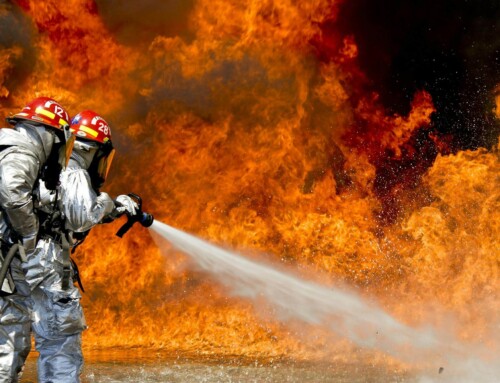In times of heightened emotions, it is almost too easy to squander goodwill built up over years. As with all things of value, good crisis communication with stakeholders is contingent upon your preparedness.
Begin Early
Effective communication with a diverse group of stakeholders is considerably more complex than effective interpersonal communication. More thought and preparation is involved because the messages do not simply convey information but have to reassure investors, partners, and employees amid extraordinary circumstances.
The COVID-19 pandemic has helped many of us gauge the efficacy of our existing communication plans. If your company’s approach was wanting, begin working on improving it even as we continue to weather the crisis; there is no guarantee that we are over the hump yet.
The Plan
The essential components of a crisis communication plan include:
- Identifying stakeholders – To who are you conveying information? Your list may include external parties like suppliers, clients, the government, the media and the public at large. Internal stakeholders are employees, board members and contractors.
- Identifying spokespersons – Bigger companies may have multiple persons communicating simultaneously to different stakeholders. For example, an HR representative would be the liaison for employees, a compliance expert for governmental agencies, and a PR specialist for the media. This ensures the delivery of targeted information within the framework of a consistent message.
- Identifying communication channels – How you get your message out is perhaps as important as the content of the message itself; it dictates whether you connect with the intended recipients within the requisite time frame. Most businesses use a combination of traditional channels and social media to achieve this.
After this triangular groundwork has been laid, turn your attention to the message.
- Use templates – Crises come and go but most are variants of a relatively small number of scenarios. For example, Covid-19 is unique in itself but the geographical pattern and manner of its spread is very similar to the H1N1 bird flu and the H5N1 swine flu.
- Don’t overuse templates – There are few things worse than a tone-deaf response in the face of a crisis. Have a system of checks and double checks to catch errors in accuracy and lapses in sensitivity before your message is disseminated.
- Stay focused – Reveal specific, pertinent information and resist the temptation to cover too much ground at once. Refrain from releasing ‘regular updates’ if there is a dearth of new information.
Honesty vs Discretion
Fight the temptation to curl up and “go dark” in the face of the persistent, difficult questions that almost invariably accompany a crisis. Often, it comes down to a struggle between knowing something and divulging that information. There is one rule above all else here: Don’t lie.
It is fine to temporarily withhold certain information, and to stagger its release to cushion the impact. Lines like “We are in the process of ascertaining that” and “We do not have a complete picture right now” are generic, and intentionally so. They give you an out without backing yourself into a corner.
Would you like more suggestions on how effectively communicate during a crisis? Please contact me today.






